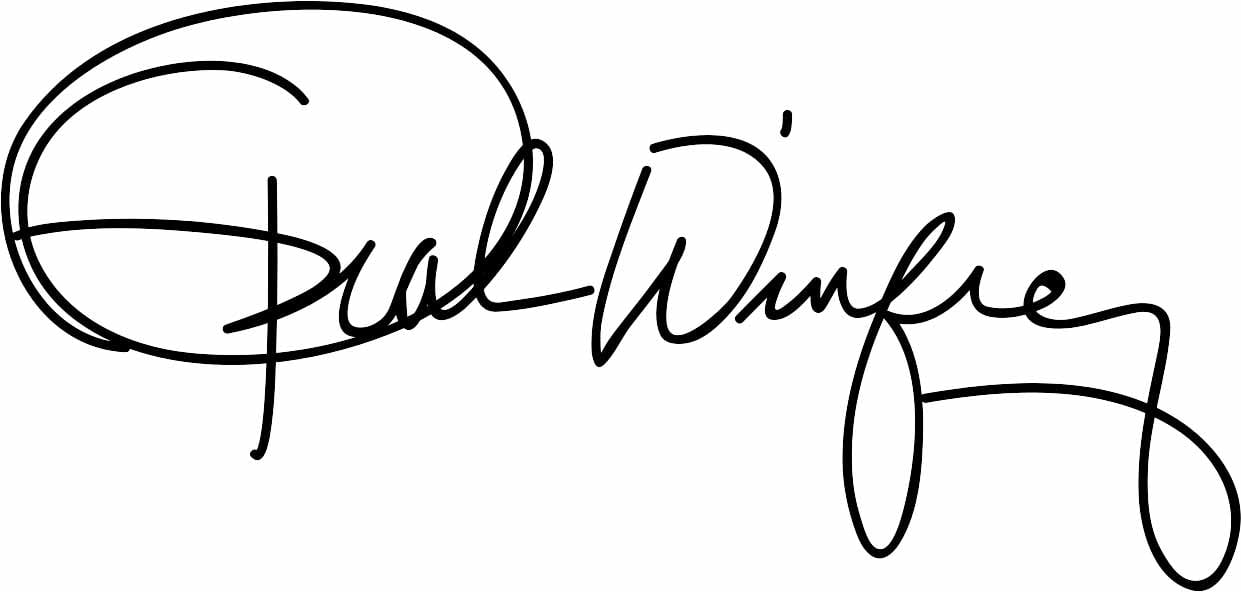In the wave of Hanfu revival, Ming-style Hanfu has become highly popular, while the fate of Hanfu during the Qing dynasty remains controversial. Many believe that Qing dynasty clothing represents Manchu traditions rather than Hanfu, suggesting that Hanfu culture completely vanished during this period. However, did Hanfu truly disappear during the Qing dynasty? This article explores the continuation and influence of Qing dynasty Hanfu from various perspectives.
1. Clothing Reforms in Early Qing: The Forced Interruption of Hanfu
During the early Qing dynasty, the government implemented the “Tifayifu” policy, which forced Han Chinese men to adopt Manchu hairstyles and clothing, such as qizhuang (banner robes). This policy had a significant impact on Hanfu, almost completely replacing men’s traditional attire.
However, Han Chinese women were not subjected to the same clothing regulations. Many continued to wear traditional Hanfu such as horse-face skirts, beizi (long coats), and bijia (vests), especially during weddings, ceremonies, and other significant occasions.
2. Hanfu’s Survival in Folk Traditions
Despite official policies, Hanfu continued to thrive in folk traditions. In southern China, women’s clothing remained largely influenced by Ming-style designs, preserving Hanfu elements for generations.
Additionally, scholars, hermits, and religious figures often maintained traditional Hanfu attire as a form of cultural resistance. In regions like Jiangnan, traditional Hanfu was still worn during family rituals and ceremonies.
3. Evolution and Adaptation of Hanfu in the Qing Dynasty
Over time, Hanfu evolved under the influence of Qing culture, blending traditional elements with new innovations. For example:
Horse-face skirts remained popular and continued to be worn into the Republican era.
Bijia vests became common daily wear for women.
In southern regions, wide-sleeved beizi were frequently worn by women.
These transitional styles serve as a bridge between Ming dynasty Hanfu and contemporary Hanfu revival.
4. The Influence of Qing Dynasty Hanfu on Modern Hanfu
Although Qing dynasty fashion is often associated with Manchu culture, Han Chinese clothing traditions persisted quietly. The modern resurgence of Hanfu often incorporates elements from Qing dynasty attire, especially the horse-face skirt, which has become a fashion trend once again.
Moreover, the emphasis on ritual and ceremonial dress in the Qing dynasty has inspired the revival of traditional customs in modern Hanfu culture.

Hanfu did not vanish during the Qing dynasty; instead, it continued to survive in folk traditions and special ceremonies. While the Qing dynasty’s clothing reforms disrupted Hanfu culture, its spirit and form endured and continue to influence modern Hanfu revival.
By rediscovering Qing dynasty Hanfu, we gain a more comprehensive understanding of the resilience of Han Chinese clothing traditions, offering valuable inspiration for today’s Hanfu movement.



